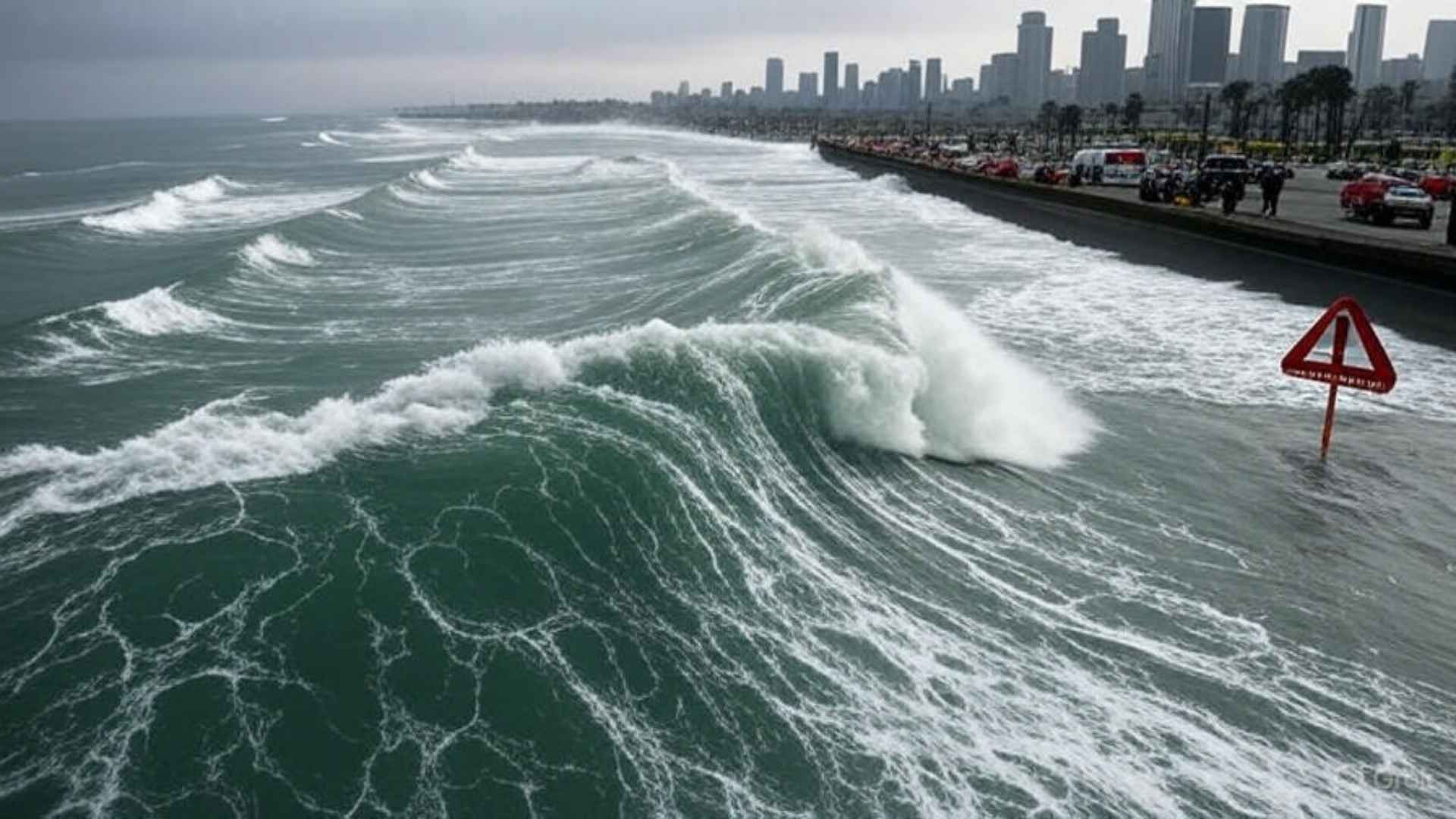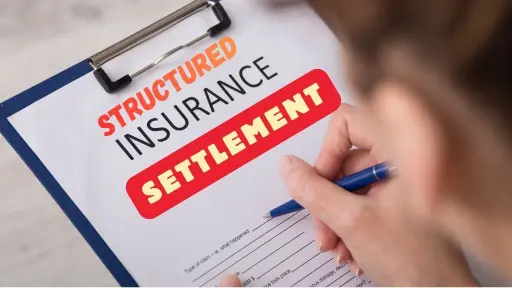Tsunami Warning California: What You Need to Know
Tsunami Warning California- On July 30, 2025, a tsunami warning jolted California’s North Coast following a massive 8.8 magnitude earthquake off the coast of eastern Russia. The alert, issued by the U.S. Tsunami Warning Center, highlighted the vulnerability of coastal areas from Cape Mendocino to the Oregon border, with Crescent City identified as a potential hotspot due to its history with tsunamis.
The Trigger Event
The earthquake, striking at a depth of approximately 46 miles, sent ripples across the Pacific, prompting immediate action. Initial waves began reaching Hawaii around 10 p.m. PDT on July 29, with heights up to 4 feet recorded, though no significant damage was reported yet. California braced for potential waves expected to hit as early as 11:50 p.m. PDT, with varying intensities along the coast.
Impact and Response
Northern California faced the highest alert level, with officials urging residents to evacuate low-lying areas immediately. Tsunami heights of 1.5 to 1.6 feet were observed in Crescent City and Mendocino County by early Wednesday, indicating the wave’s arrival. South of Cape Mendocino, including the San Francisco Bay Area and Southern California, a tsunami advisory was in place, warning of strong currents and dangerous waves rather than widespread flooding.
Communities responded swiftly, with evacuation orders issued for coastal RV parks and helicopters blaring sirens over Los Angeles beaches. Boaters were advised to move vessels to deeper waters, while the public was cautioned against venturing to the shore to watch the event—a mistake that has proven fatal in past incidents.
Historical Context
1812 Ventura Tsunami: A magnitude 7.2 earthquake near Santa Barbara generated a local tsunami with coastal flooding of 6-10 feet.
1964 Alaska Earthquake Tsunami: This devastating M9.2 earthquake in Alaska caused widespread damage along the California coast, particularly in Crescent City, where 11 lives were lost.
2011 Japan Earthquake Tsunami: The M9.0 earthquake off Japan resulted in surges over 8 feet in parts of Northern California, causing significant harbor damage.
2022 Tonga Volcano Eruption: A volcanic eruption, not an earthquake, caused tsunami flooding and strong currents along the California coast.
Crescent City, due to its unique underwater topography, is particularly vulnerable and has experienced 32 observed tsunamis since 1933, with five causing damage and one leading to fatalities.
Must Read: Why Doomsday Glacier Melting Faster Than Expected
Tsunami Warning California What Means for Residents
This event serves as a stark reminder of the state’s tsunami risk. Over 680,000 Californians live in hazard zones, with potential for billions in damage. The current warning, though serious, appears to be subsiding, with waves cycling smaller as of early Wednesday. Still, officials urge staying informed via local emergency services and avoiding coastal areas until the all-clear is given.
Your Role in Tsunami Preparedness: Don’t Wait, Act!
The most critical factor in tsunami safety is prompt action. Here’s what you need to know and do:
Know Your Zone: Use interactive tsunami hazard maps from the California Geological Survey to identify if you live, work, or frequently visit a tsunami hazard zone. Look for “Tsunami Hazard Zone” and “Tsunami Evacuation Route” signs.
Recognize Natural Warnings: If you are at the coast and experience:
- Strong, prolonged ground shaking: Especially if it lasts for a long time.
- A sudden and noticeable recession of the ocean water (drawback): Exposing the seafloor.
- A loud ocean roar: Similar to a train or jet aircraft.
- An abnormally large wave: Even if it’s the first.
- Do NOT wait for an official alert! Evacuate immediately!
Plan Your Escape:
- Identify evacuation routes from your home, school, or workplace to high ground (ideally at least 100 feet above sea level or 2 miles inland).
- Practice your evacuation route, even at night or in bad weather. Aim to reach safety on foot within 15 minutes.
- Have a family communication plan and an emergency kit ready.
During a Tsunami Warning/Advisory:
- Evacuate immediately if you are in a warning area, moving inland to higher ground.
- If in an advisory area, move off beaches and out of harbors and marinas.
- Do NOT go to the coast to watch the waves. This is incredibly dangerous.
- If at sea, move to deeper water if advised by authorities.
- Stay tuned to official sources like the US Tsunami Warning Center, NOAA, and local emergency services for updates.
After the Event:
- Do not return to the coast until officials give the “all clear.”
- Tsunamis often consist of multiple waves, with later waves potentially being larger.
- Be aware of debris, mudflows, and landslides. Avoid damaged areas and downed power lines.
California’s beauty comes with inherent risks, and tsunamis are a powerful reminder of that. By understanding the warnings, knowing your local hazards, and having a plan, you can significantly increase your safety and the safety of your loved ones when the ocean next roars. Stay prepared, stay informed, and stay safe!







